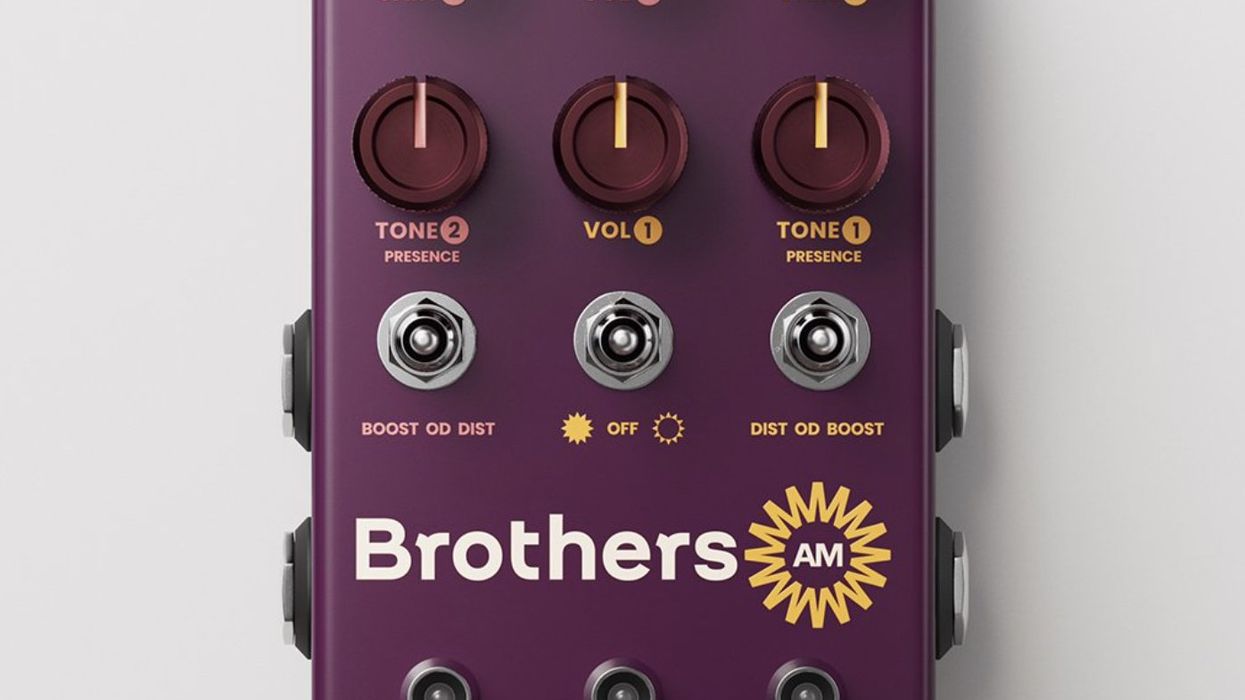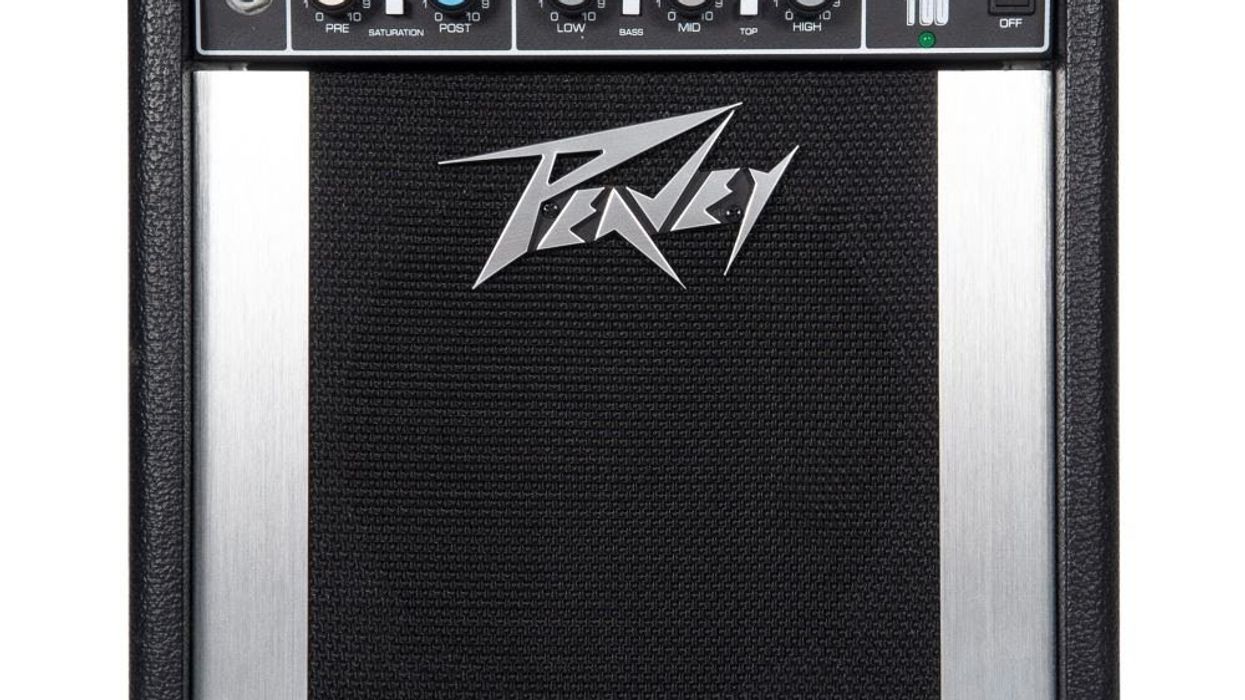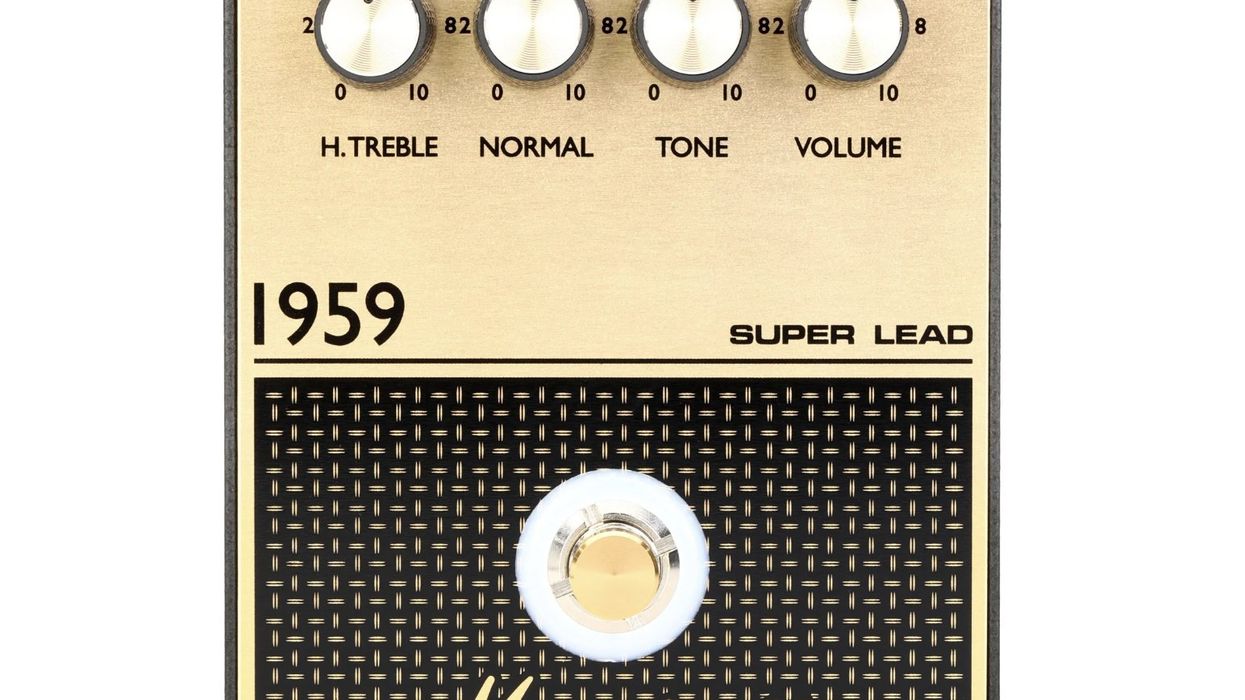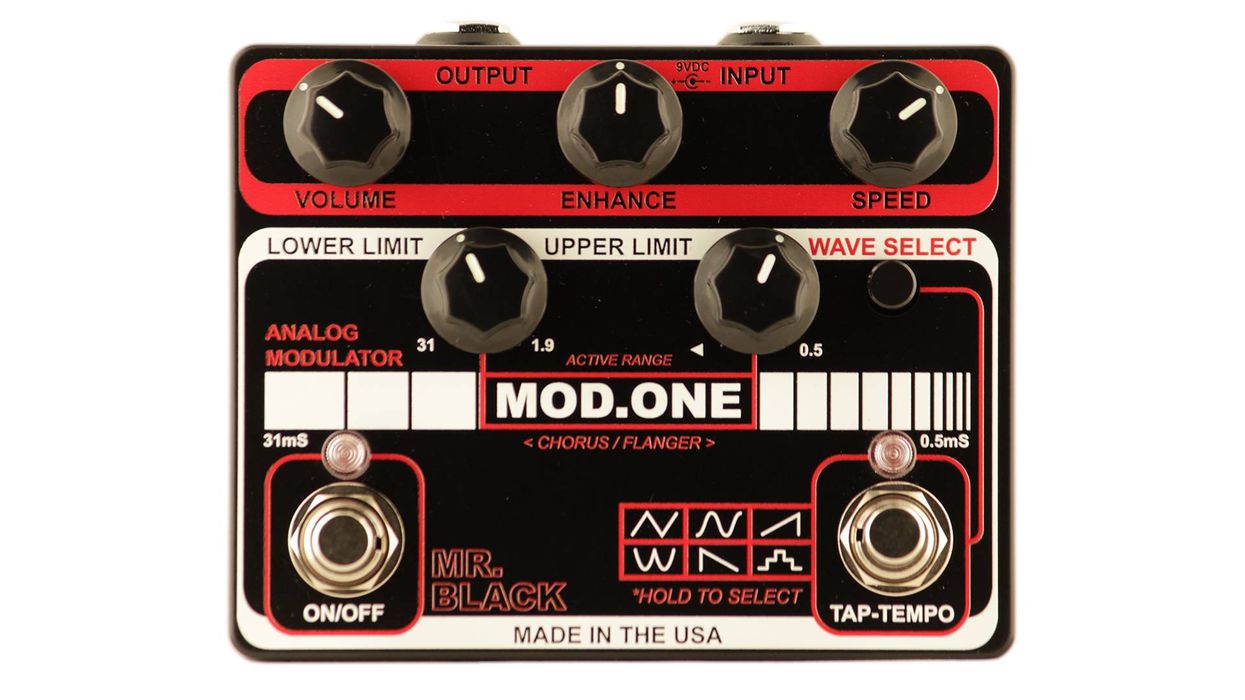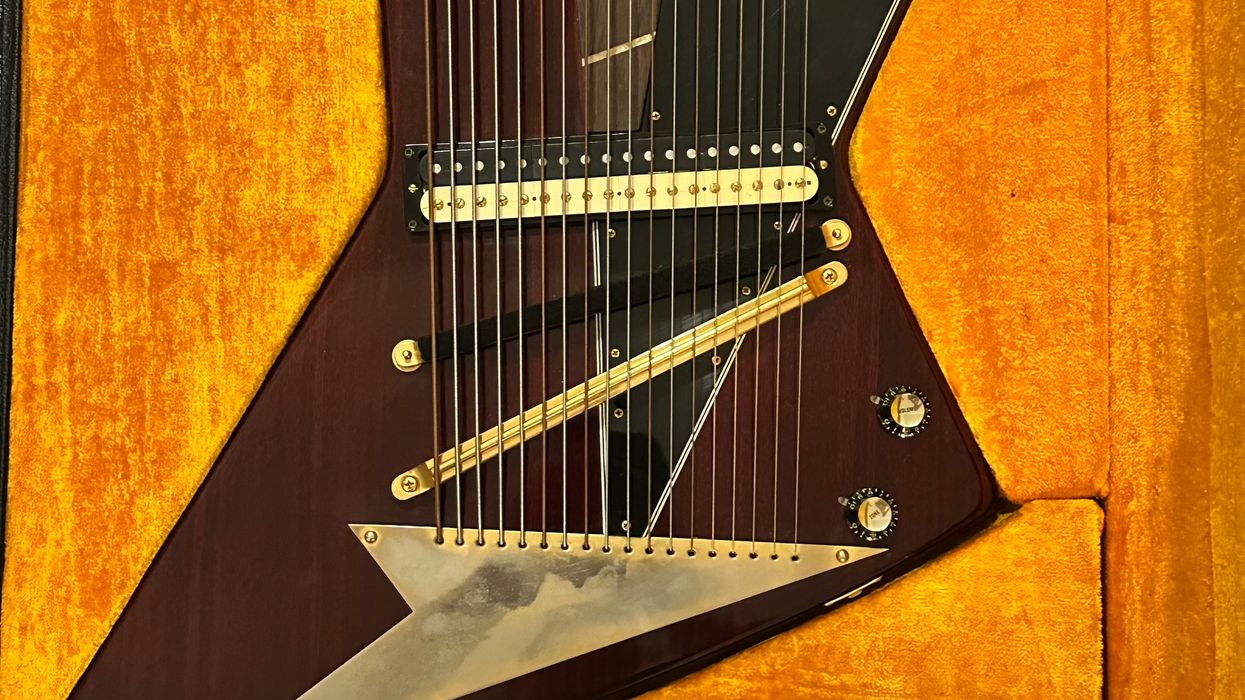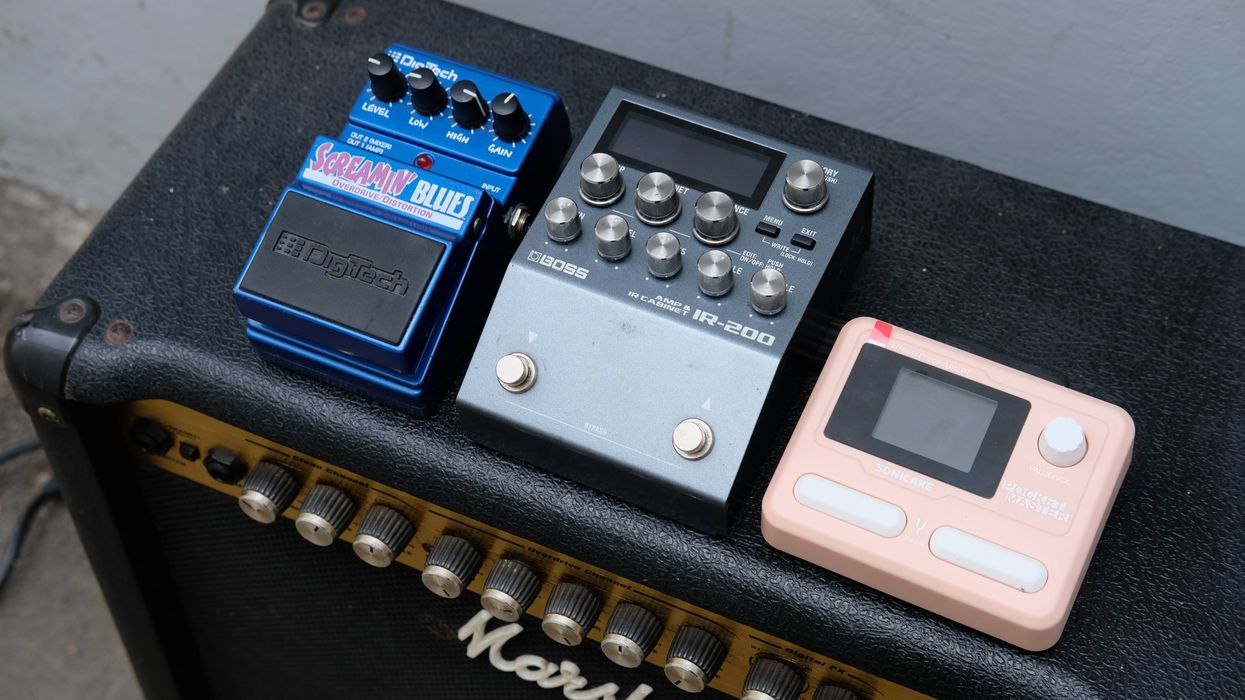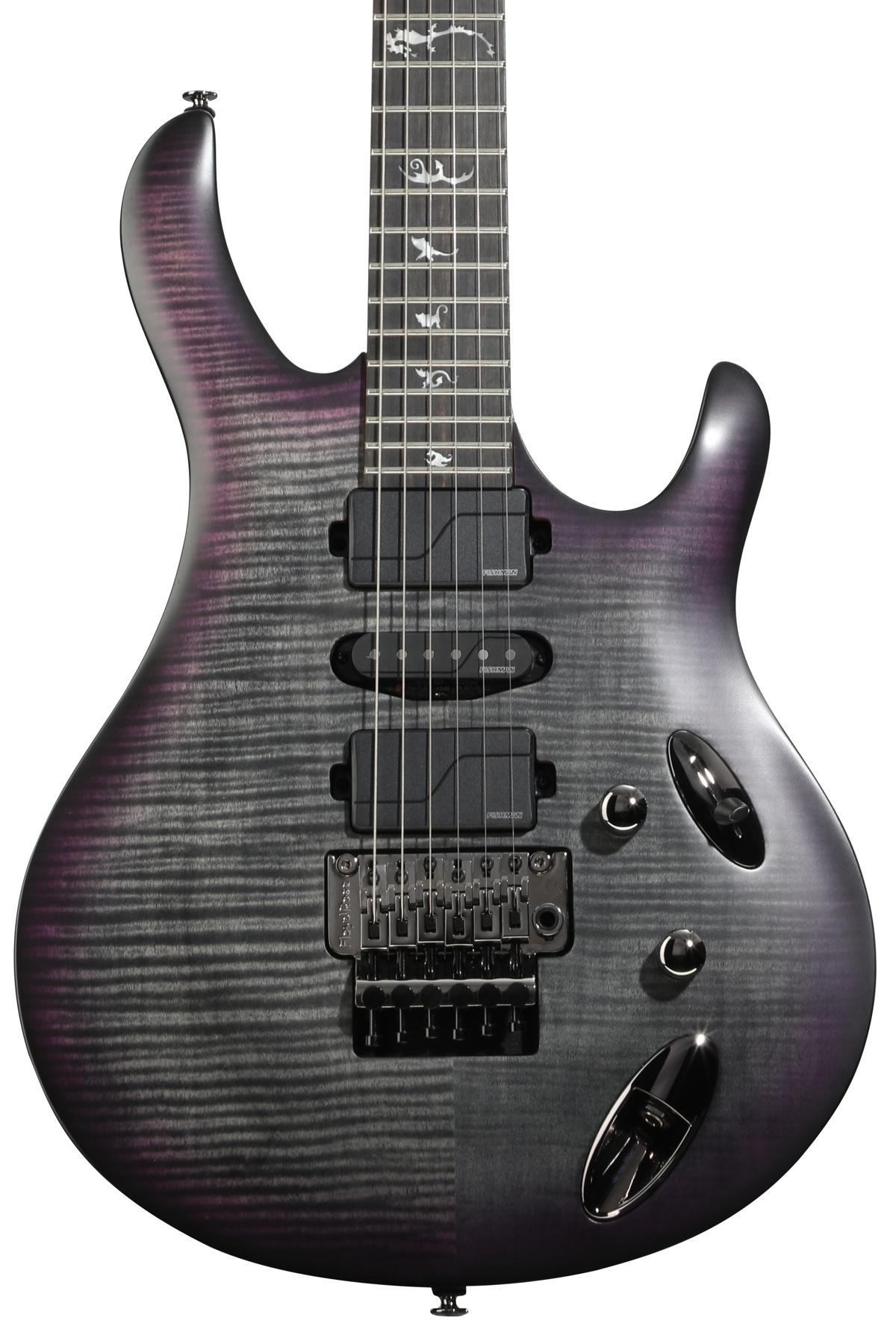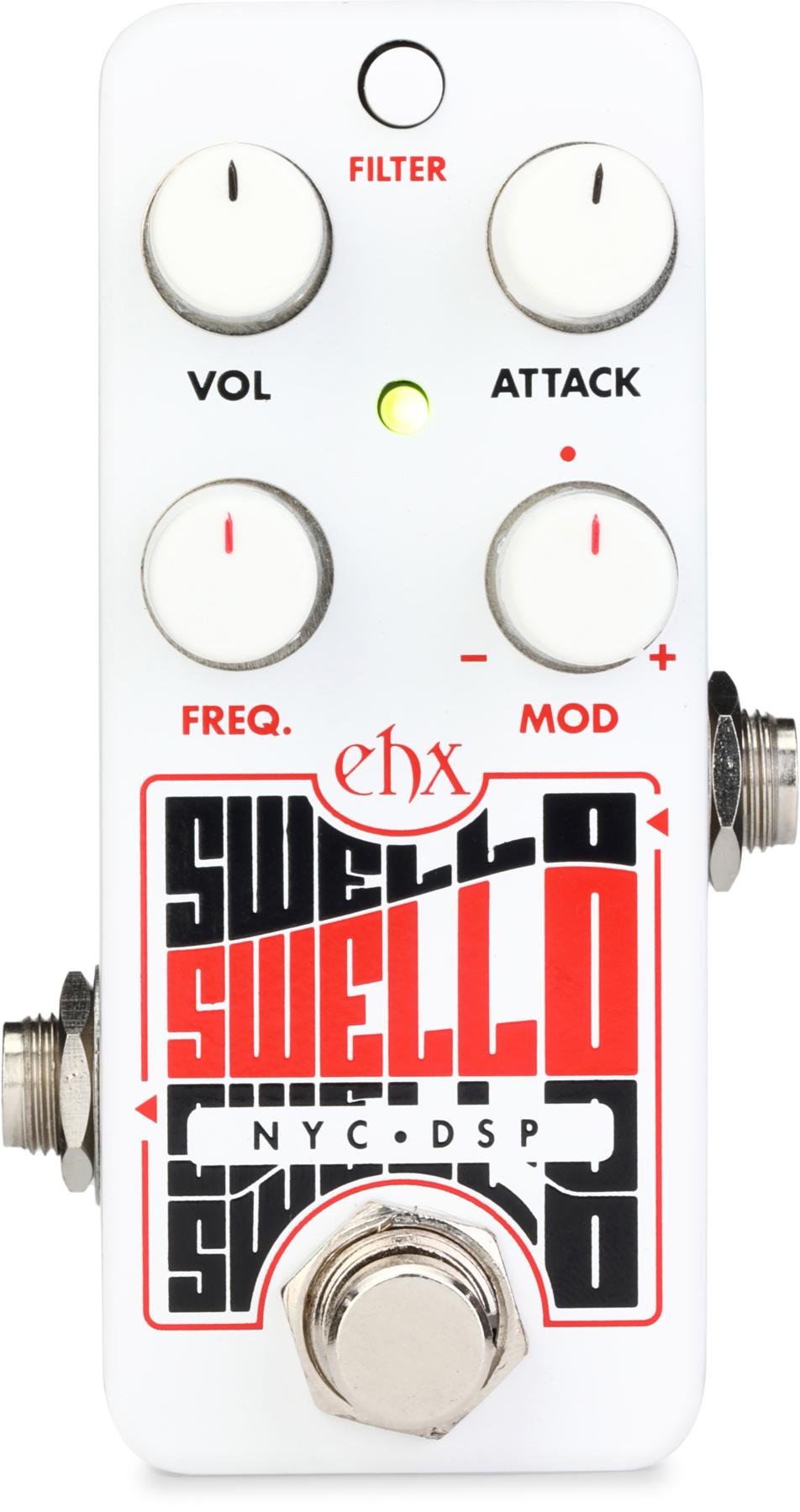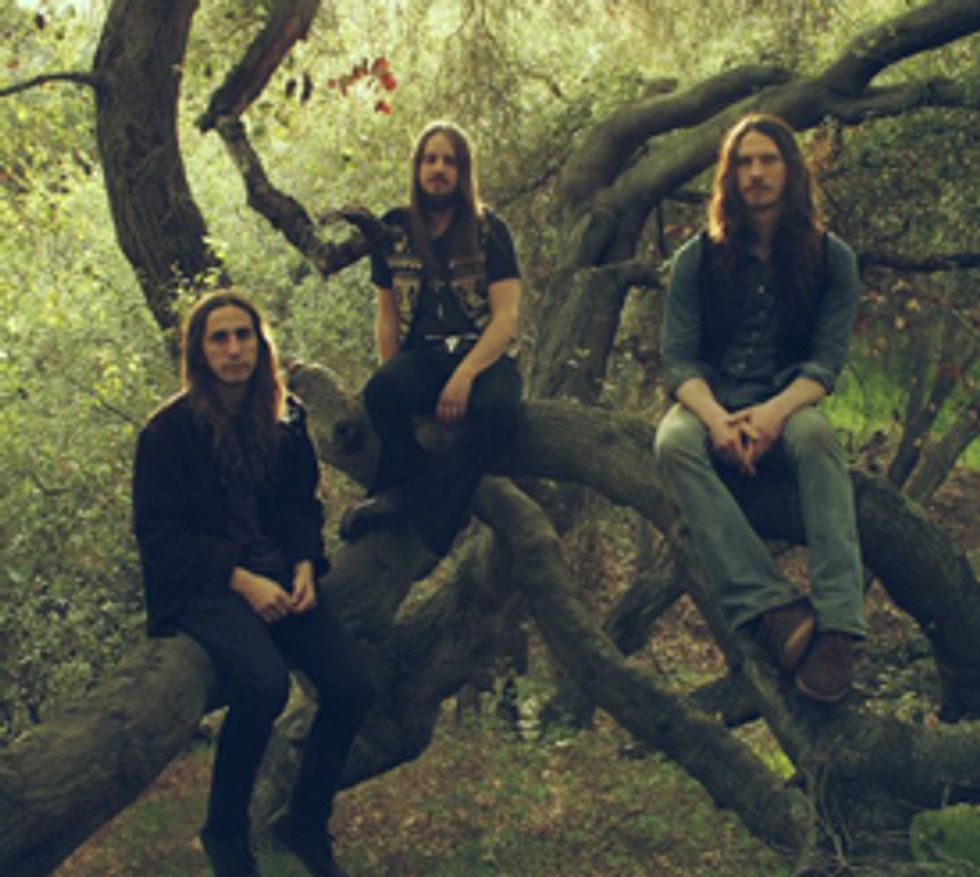
You can’t judge a book by its cover, but sometimes you can judge an album by its artwork. Radio Moscow’s fourth long-player for Alive Naturalsound—and their debut was produced by the Black Keys' Dan Auerbach—features an Amanita Muscaria mushroom prominently displayed over a psychedelic backdrop.
Of course, you don’t need to be chomping down smurf houses to feel the mind-melting heaviness of “Death of a Queen,” the first previewed song from Magical Dirt. The Story City, Iowa, trio kicks off this one with singer/guitarist Parker Griggs riffing on some Hendrixian chords before drummer Paul Marrone and bassist Anthony Meier kick-start things like a V-twin engine from a ’69 shovelhead chopper. When Griggs’ vocals come in wailing, it’s hard not to think of that line in Blue Cheer’s “Babylon” where Dickie Peterson sang, “The blues ain’t nothing but a good man feeling bad.”
The melodies squeezed from Griggs’ fretboard tangle and unravel with the tension and intensity of hyperventilation. Over choppy rhythm-section stops and starts, Griggs’ guitar solo somehow manages to flow upward and outward, ascending into a lysergic-laced cacophony. Never before has a bad trip sounded so good. radiomoscow.net



